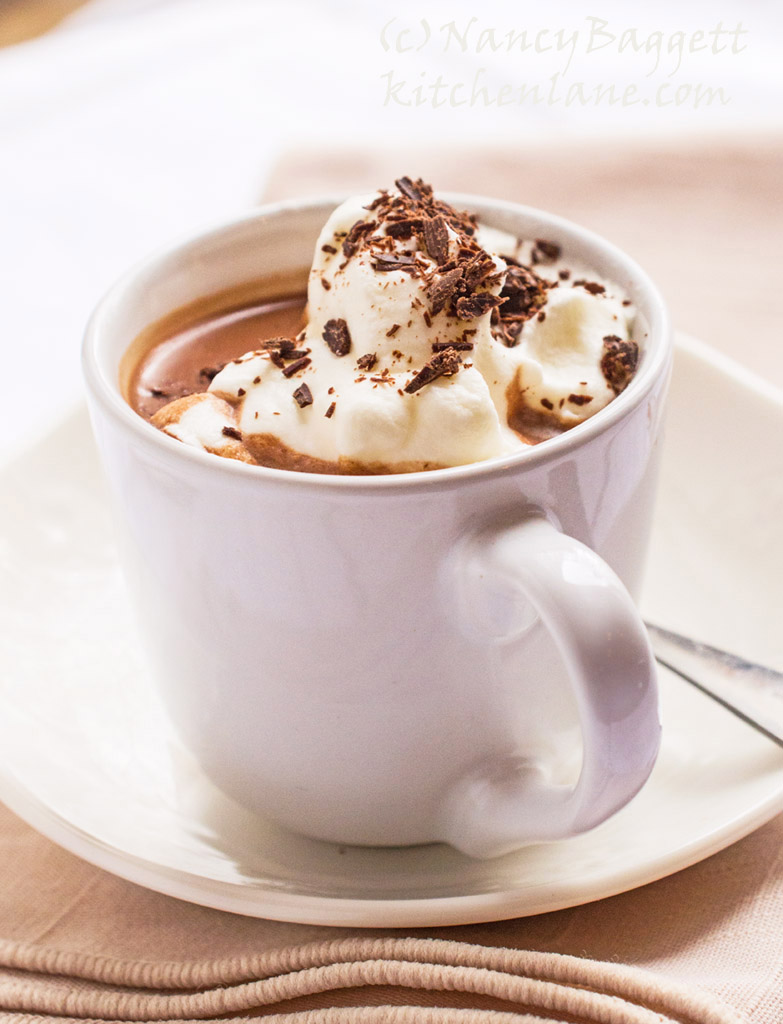
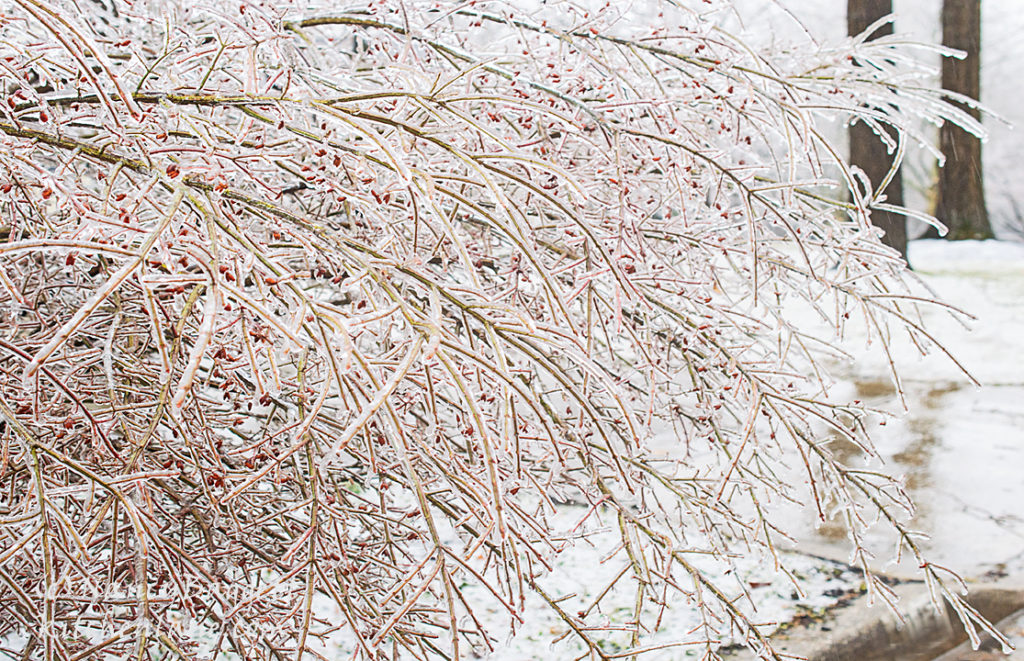
Last week we had a rare 24-hour ice storm. The temperature hovered around 32 degrees F for many hours, with wet snow, sleet and rain all pelting down intermittently. They covered the ground in my neighborhood with a frosty, crunchy (and slippery) sheet and so exquisitely coated the tree limbs and branches that the landscape looked like a fantastical Chihuly art glass display.
The glittering crystalline scene was so other-worldly that I bundled up and went out with my camera to record it. My lens kept fogging up, and after an hour I was soaked through and my fingers were blue. But by the time I stepped back inside I was sure without even stopping to check that I’d snapped some pleasing images. My first priority was warming up: I started by making myself a bold, sustaining cup of real, European-style hot chocolate. Then I sat by the fire, sipping and thawing my hands by clasping them around my drink.
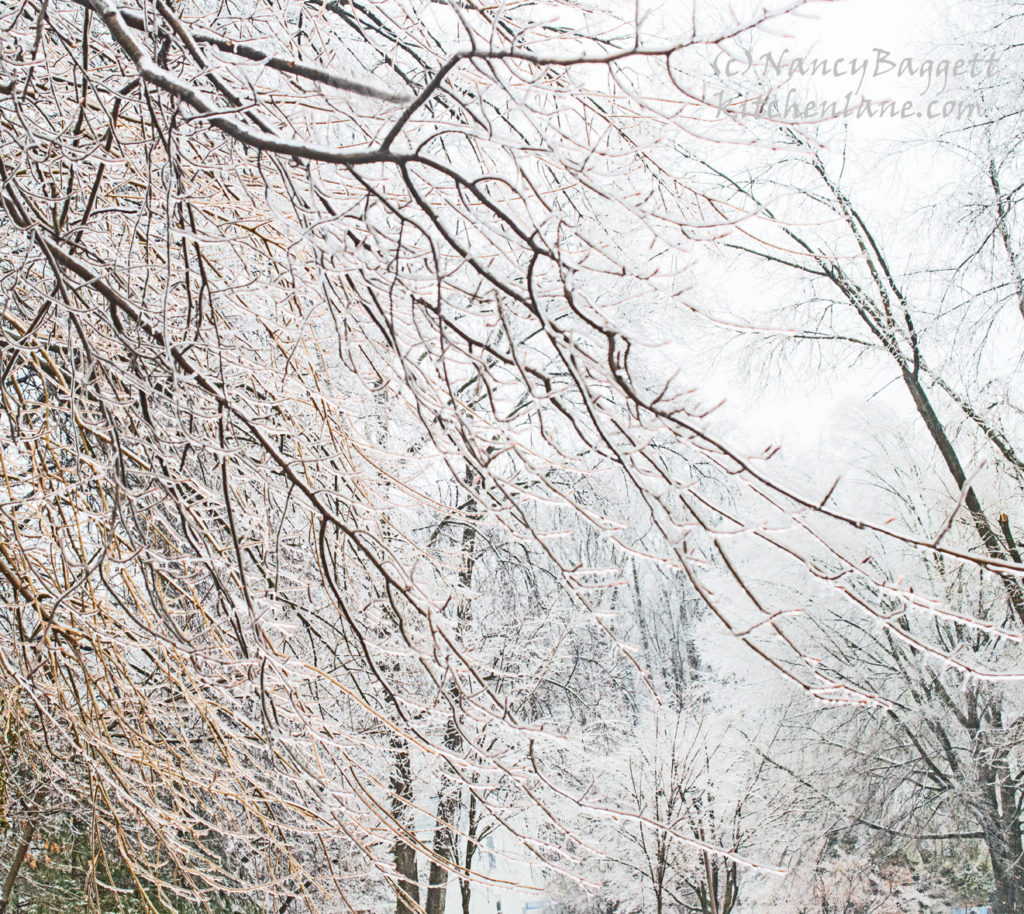
Is It Hot Chocolate or Hot Cocoa?
Notice I didn’t say I fixed hot cocoa. Hot chocolate and hot cocoa are not the same, even though the names are often used interchangeably. Hot chocolate features chopped bittersweet or semisweet chocolate, not cocoa powder. Real hot chocolate also tastes more full-bodied than hot cocoa because it’s normally made with milk (and maybe cream!), not water. In central Europe people like to gild the lily further by topping servings with a generous dollop of whipped cream. When they do garnish their hot chocolate with marshmallows they often call it “American-style.”
Cocoa powder is a chocolate product, but most of the creamy-white natural cacao fat, called cocoa butter, is removed during manufacturing. Which results in a powdery mixture with a less substantial chocolate taste. You may be confused about the difference between hot cocoa and hot chocolate because some cocoa containers actually include directions for making “hot chocolate.” In reality though, if you’re using cocoa powder, you’re making “hot cocoa.” Probably we Americans more often ready hot cocoa due to convenience. Cocoa powder keeps well on kitchen shelves and blends easily with liquids. Note that cocoa “mixes” include sugar and perhaps milk powder with the cocoa powder and are specifically created for making hot cocoa. Unsweetened cocoa powder, my preference for best flavor, requires the addition of sugar and can also be used in baking.
Making Real Hot Chocolate
While I wouldn’t ever turn down a steaming mug of hot cocoa, for a special treat I always make myself hot chocolate. It does require following a particular mixing procedure to ensure that the chocolate blends smoothly with hot milk. The exact steps are presented in the recipe below. I tried various approaches while researching my award-winning work, The International Chocolate Cookbook, and for preparation without a blender this method works best. Just slowly, bit by bit, thoroughly whisk piping hot liquid into the chopped chocolate. Incorporating the heated liquid in the specified modest (but not tiny) amounts, then carefully whisking after each addition is crucial. It allows time for the smooth, hard cocoa butter to melt and the natural starch in the chocolate to gradually absorb the liquid.
Your reward will be a glossy, silky-smooth and deeply fragrant chocolaty warmer-upper. Add a generous plop of whipped cream on top, then sip, sip, sip away.
Most high-end brands of dark bars, blocks, or pistoles (discs) such as Lindt, Ghirardelli, Valrhona, Callebaut, etc., include the percent of cacao information somewhere on the package.
Basically, a number of 65 % tells you that the product is 65 % chocolate solids and cocoa butter. In the case of any dark chocolate lacking nuts, citrus, or spice bits, salt crystals, etc., you can extrapolate that most of the remaining 35 % is sugar. Don’t worry! This quantity of sugar is actually in the desirable range as hot chocolate needs about this amount of sweetness to be tasty.
In contrast, a very dark, very bittersweet brand that is, say, 85 % cacao, will necessitate adding in extra sugar to balance the bitterness. And if the sugar isn’t fully dissolved, your hot chocolate may be gritty. Even more important, the very high cacao chocolates (80 to 100 % cacao) are much trickier to mix into liquids smoothly. You can double this recipe if desired. The lightly spiced version here is delicious, but if you prefer, sub a 2-inch piece of vanilla bean, sliced lengthwise, for the spices and continue exactly as directed.
Tip:I often use a combination of two brands of chocolate depending on what’s available when I’m shopping. I particularly like the Lindt 70% bar but to create a slightly sweeter hot chocolate I sub in 1 ½ to 2 ounces of a Ghirardelli 60% cacao bar, or 1 ounce of a Trader Joe’s “Pound Plus” 54% cacao bar. Try experimenting to come up a custom blend of your own!
- 1½ cups whole milk
- ½ cup heavy cream
- 5 or 6⅛-inch thick peeled, nickel-sized slices fresh ginger root
- ¼ teaspoon crushed cardamom seeds (or substitute ¼ teaspoon crushed allspice berries)
- 4½ to 5½ ounces 55 to 70 percent cacao semisweet or bittersweet chocolate (use the larger amount of chocolate if it has less than 62 percent cacao), plus extra grated for garnishing
- 2 to 4 teaspoons granulated sugar, or to taste
- Lightly sweetened whipped cream for garnish
- In a large saucepan bring the milk, cream, ginger root and cardamom just to a boil over medium-high heat. (Alternatively, combine the ingredients in a heat-proof 4-quart measure and microwave on high until just boiling; watch closely to prevent a boil-over.) Immediately stir and set aside; let the mixture to steep for 10-15 minutes (or longer for a stronger spice flavor). Meanwhile, chop the chocolate into ¼-inch bits. Place it in another medium-sized saucepan.
- Reheat the steeped milk mixture until very hot but not boiling. Strain it through a very fine mesh sieve into a heat-proof pitcher or clean heat-proof glass measure. Press down on the spices to extract as much liquid as possible. Set the saucepan with the chocolate over lowest heat, then immediately vigorously whisk in a scant ½ cup hot milk mixture. At first the chocolate will break into fine bits, but continue whisking until it comes together smoothly. Repeat the process, adding ½ cup milk mixture and whisking until the completely smooth and well blended; check carefully to be sure no fine bits remain. Very slowly add the remainder of the milk mixture in a thin stream, whisking until the hot chocolate is very smooth. Taste and thoroughly stir in sugar to increase sweetness, if desired.
- Reheat the hot chocolate until piping hot but not boiling; divide between cups or pour into a very large mug. Immediately top the hot chocolate generously with dollops of whipped cream (don’t stir it in). Sprinkle lightly with grated chocolate and serve, along with a spoon. For leftover hot chocolate, lay a sheet of plastic wrap over the top to prevent a skin from forming, then refrigerate for up to 4 days. Remove the plastic and reheat to piping hot before serving. 2 servings (2 cups)
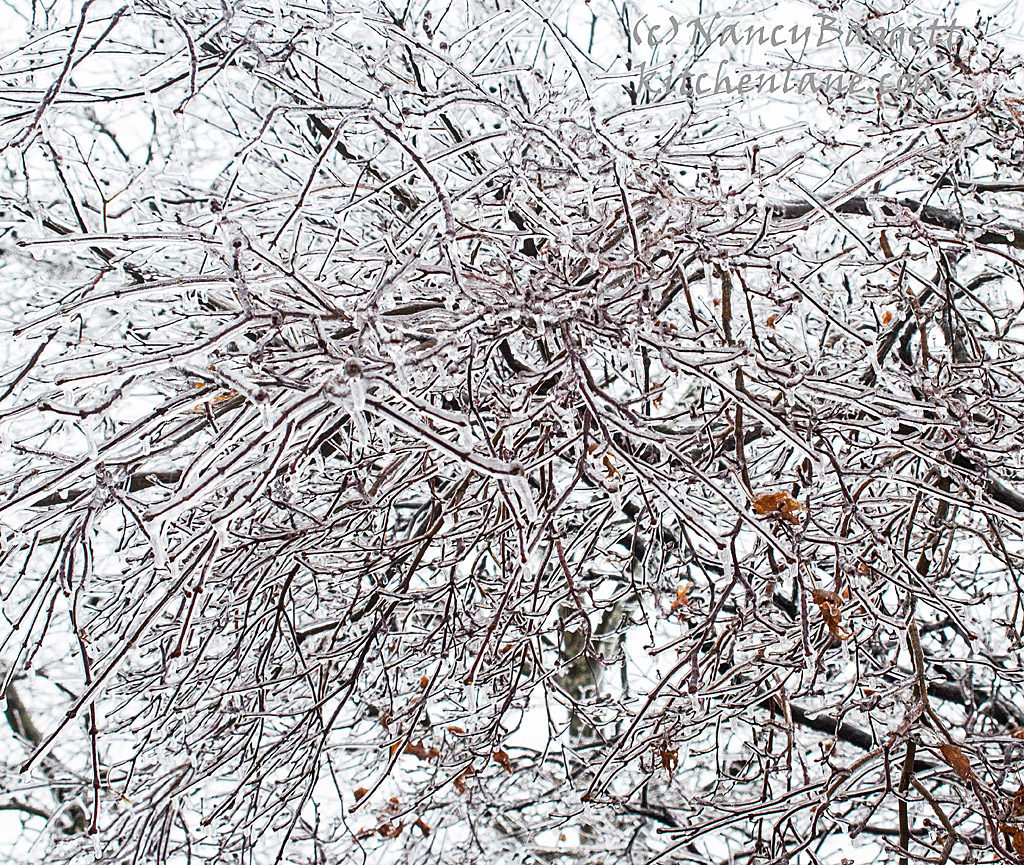
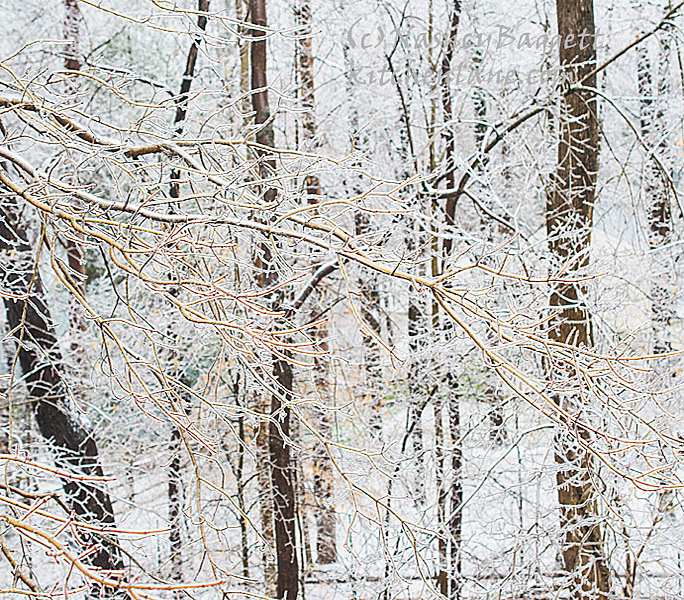
Here’s another wonderfully chocolaty recipe to try.
Make Old-Timey Hot Fudge Sauce–A Rich Taste of the Past
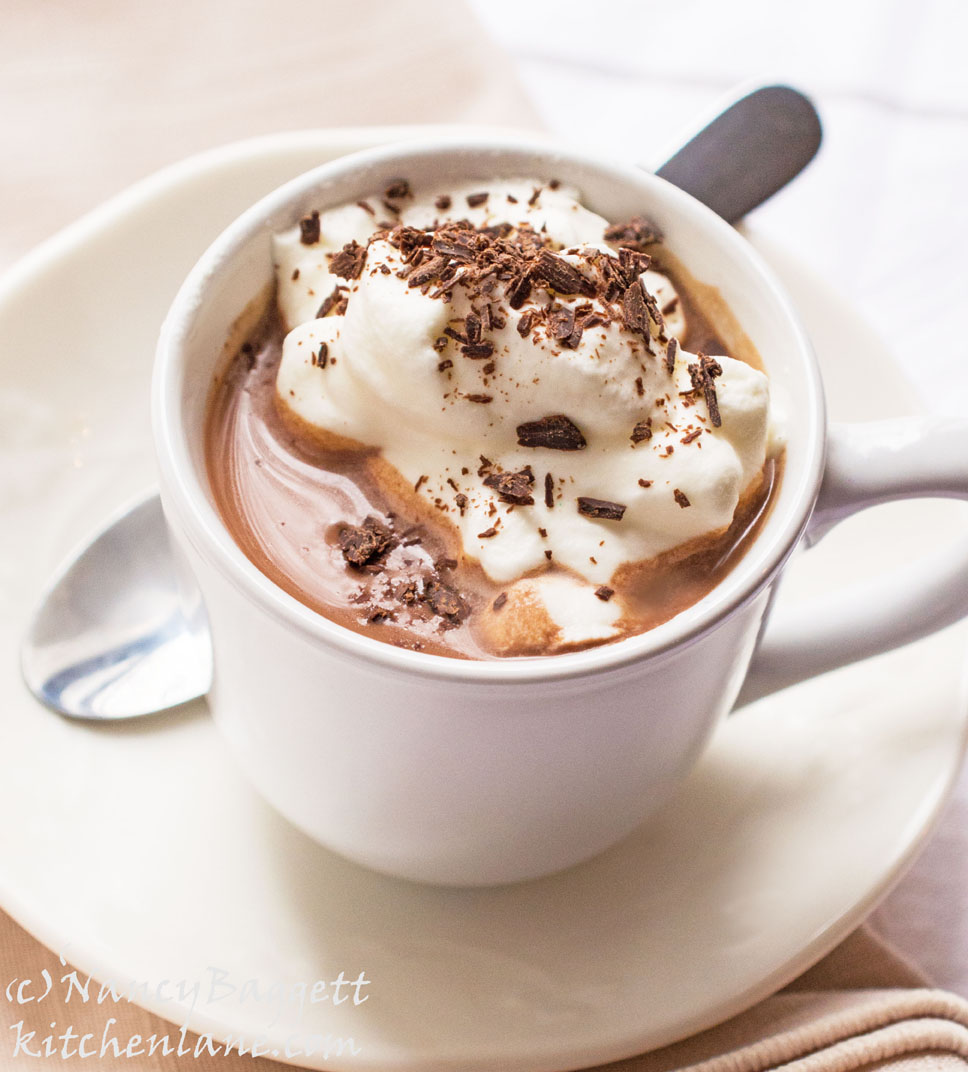
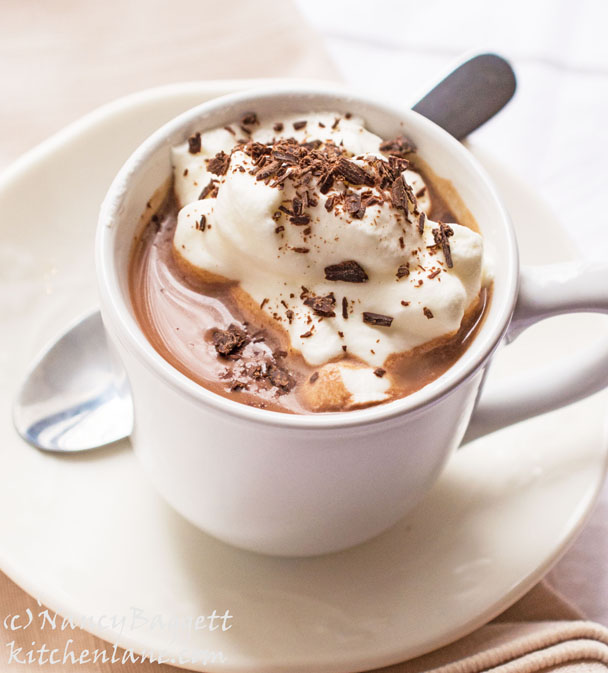

Yes, I did. Why do you ask?
Did you ever live in Columbia, Maryland?
Susie Chen